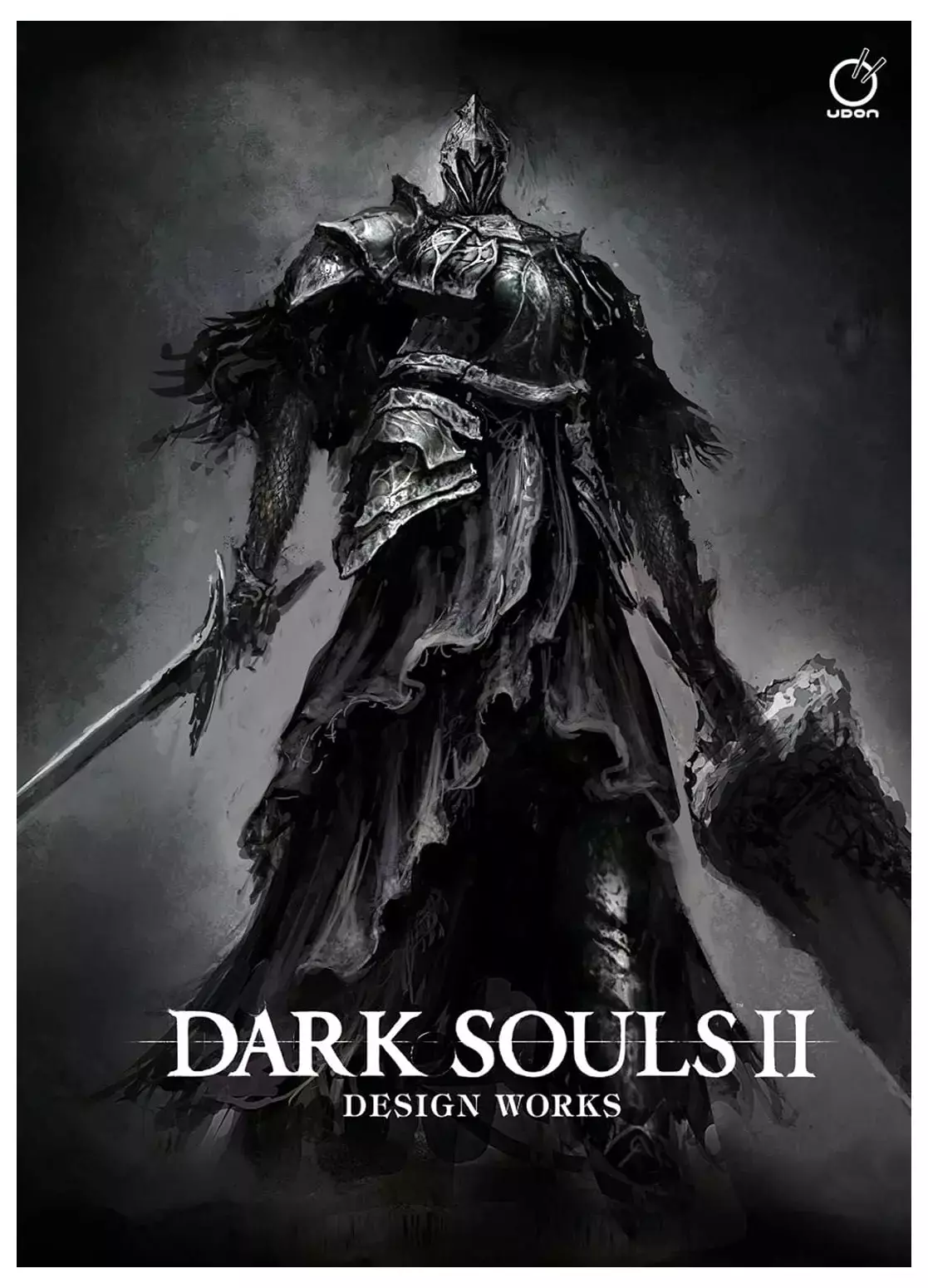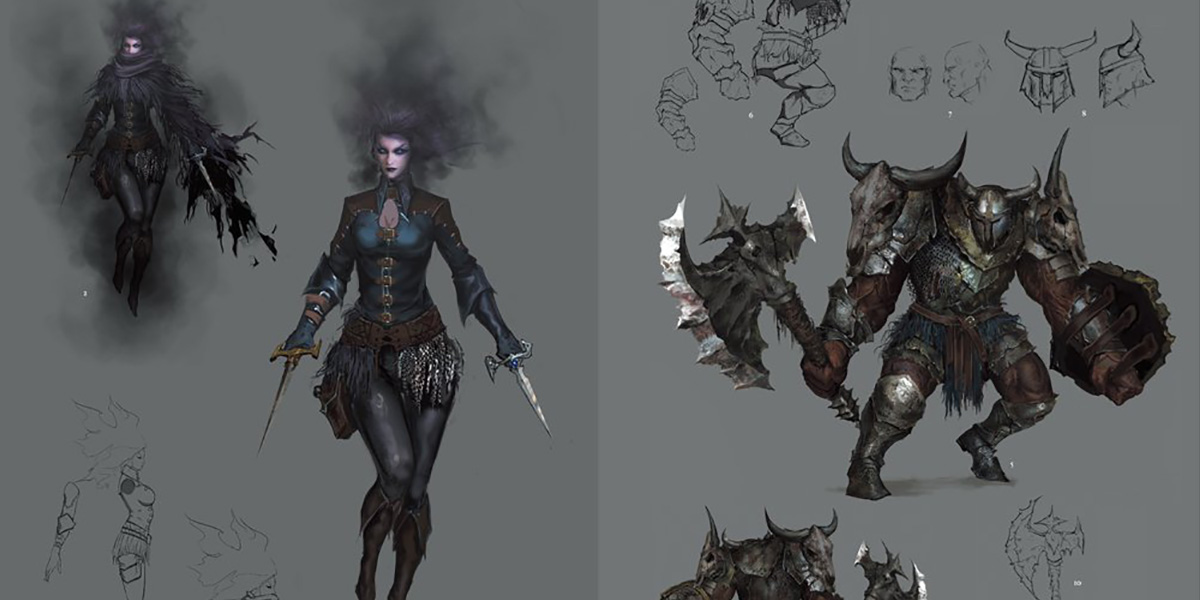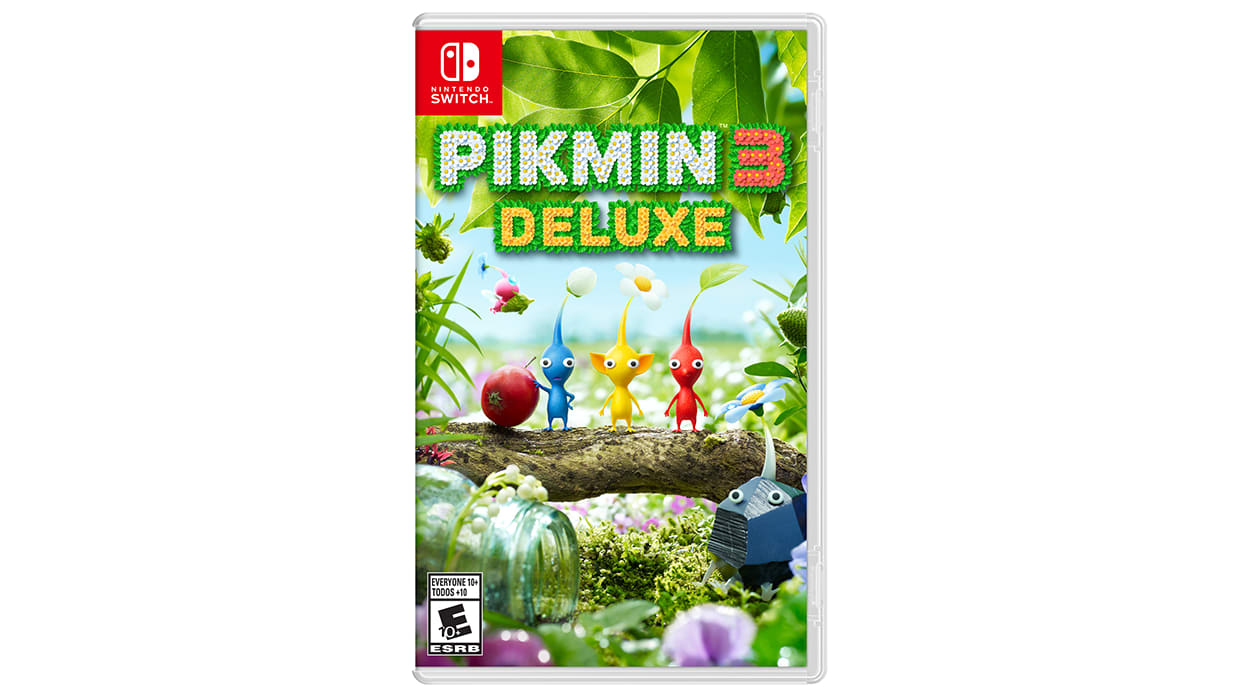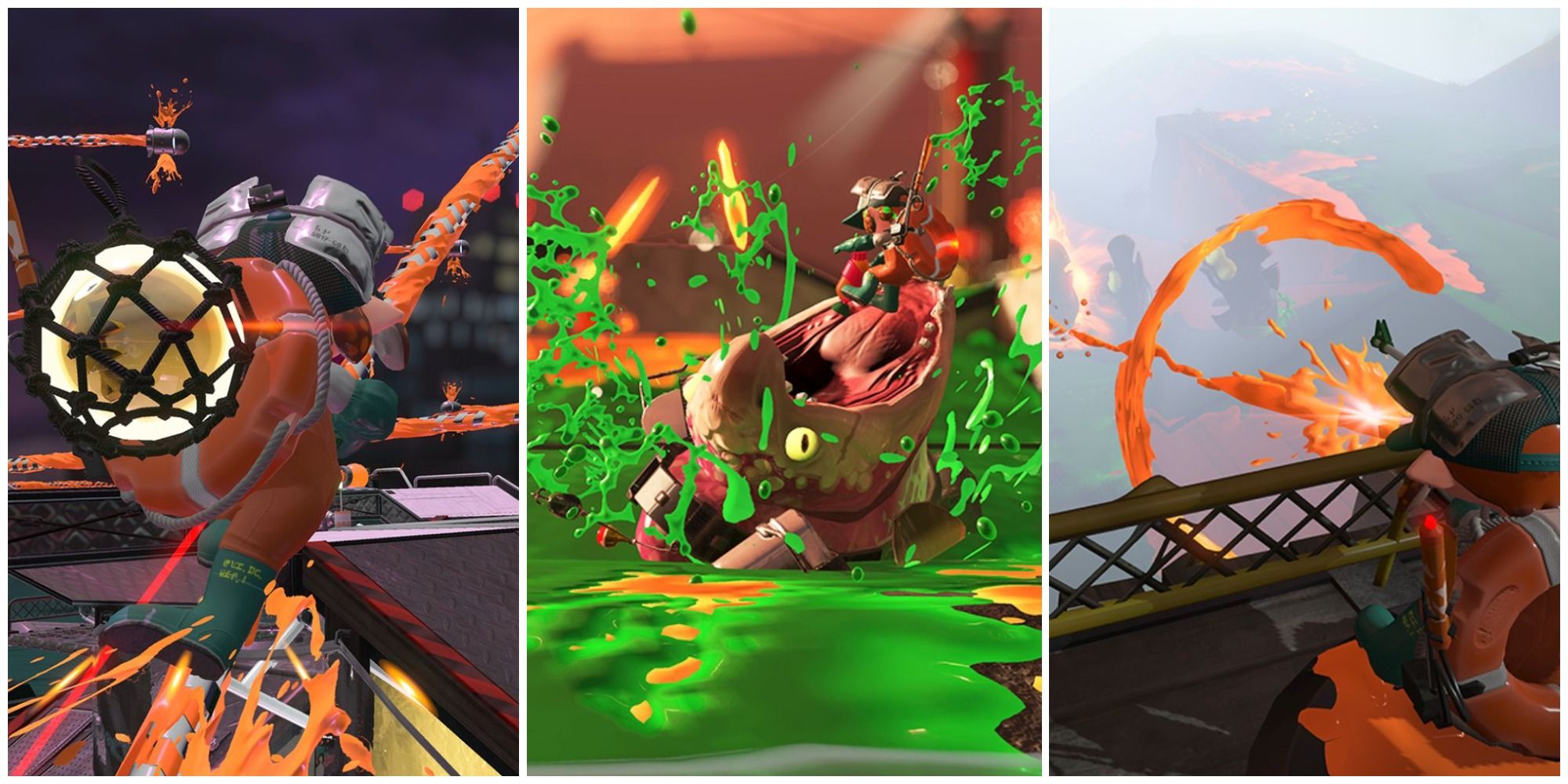Exploring the Depths of Dark Souls II: A Journey into Despair and Triumph
In the world of video games, few titles have captured the hearts and minds of players quite like the Dark Souls series. Known for its punishing difficulty, intricate lore, and atmospheric world, the series has become a staple for gamers seeking a challenge. Among these, Dark Souls II stands as a unique entry, often sparking debate about its place in the franchise. Released in 2014 by FromSoftware, this installment carries forward the legacy of its predecessor while introducing new elements that have left a lasting impact on the gaming community.
The Enigmatic World of Drangleic
Dark Souls II transports players to the mysterious and decaying kingdom of Drangleic, a land plagued by the curse of the undead. From the bleak Mountains of Many Faces to the mist-laden Shaded Woods, the world is a tapestry of gloom and somber beauty. The game's narrative unfolds through cryptic NPC interactions, item descriptions, and environmental storytelling, challenging players to piece together the history of Drangleic and their own role within it.
The central hub, Majula, serves as a respite from the relentless dangers lurking beyond its borders. Its melancholic atmosphere, coupled with a hauntingly serene soundtrack, offers a brief reprieve as players prepare to venture into the unforgiving world. The design of Drangleic cleverly balances mystery with a sense of discovery, compelling players to explore every nook and cranny, often at great personal risk.
The Challenge: Combat, Death, and Resurrection
The core of Dark Souls II’s allure lies in its combat system, which demands precision, strategy, and adaptability. Unlike many action games, where mindless button-mashing may suffice, each encounter in Dark Souls II requires careful observation and timing. Players choose from an array of weapons, each with distinct move sets and properties, allowing for a tailored approach to combat. Shields provide a means of defense, but reliance on them can be a double-edged sword, often leading to punishing disorientation or stamina depletion.
Death is an ever-present companion in Dark Souls II, a mechanic woven into the very fabric of its gameplay. Each death chips away slightly at the player's maximum health, further raising the stakes of survival. However, death isn't the end; it serves as a learning tool, teaching players to adapt and overcome obstacles with newfound knowledge and a sharpened skill set.
Additionally, the introduction of the "Soul Memory" system adds a controversial twist to the multiplayer experience. Unlike in previous titles, where matchmaking was solely level-based, Dark Souls II incorporates an aggregate sum of all the souls a player has collected, dictating online interactions. This change has led to mixed reactions, as it sometimes matches players with vastly different power levels, bridging a gap between newcomers and veterans in unexpected ways.
Environments Rich in Lore and Danger
One of the distinguishing features of Dark Souls II is its diverse range of environments. Each area is meticulously designed to challenge players not only with its inhabitants but with its geography and puzzles. The grimy, swamp-like depths of the Black Gulch, filled with grotesque creatures and poisonous hazards, offer a stark contrast to the grandeur of the Iron Keep, a fortress suspended above a lake of molten iron.
Within these environments, players encounter a host of enemies, from humble hollows to formidable bosses. Each enemy is a puzzle in itself, requiring specific strategies to defeat. The boss battles, in particular, are grand spectacles of creativity, demanding split-second decisions and often leaving players breathless upon victory or defeat.
The NPCs scattered throughout the world of Drangleic provide another layer of intrigue. Each character brings with them unique quests and storylines, often shrouded in ambiguity. Their narratives intertwine with the player's journey, presenting choices that can alter the course of events. This complexity encourages multiple playthroughs, as players strive to uncover every secret and outcome.
A Controversial Yet Integral Part of the Series
Dark Souls II’s place within the series is often met with divided opinions. While it retains the iconic difficulty and haunting atmosphere, its deviations from the original formula have sparked debate. Some players appreciate the game's ambition to explore new ideas, while others criticize it for lacking the cohesive world design seen in its precursor. The distinct approach to world-building and gameplay mechanics marks Dark Souls II as both a bold evolution and a beloved black sheep within the franchise.
In summary, Dark Souls II invites players to immerse themselves in a world defined by its challenges, mysteries, and the triumph of perseverance. Its intricate combat system, rich lore, and atmospheric environments create an experience that lingers long after the final boss is defeated. Whether one lauds its innovations or critiques its differences, Dark Souls II remains an essential journey for those seeking the ultimate test of skill and resolve.
The Evolution of Game Mechanics in Dark Souls II
When examining Dark Souls II, it is crucial to consider how its gameplay mechanics both continue and diverge from the traditions set by its predecessor. One of the notable changes is the introduction of the adaptability stat, which influences a variety of player actions, including movement speed, dodge and parry effectiveness, and how quickly consumables are used. This addition has been met with mixed reactions, as it adds another layer of choice in character builds but can initially feel frustrating to new players unsure of its significance.
Another key feature that sets Dark Souls II apart is the game's approach to its hub and fast travel. Unlike the original Dark Souls, which limited fast travel until later in the game, Dark Souls II allows players to travel between bonfires from the start. This change fundamentally alters the game experience, granting players more freedom to explore, but it also impacts the interconnectedness that characterized the series' first installment. The trade-off is a game world that feels more expansive, though occasionally disjointed.
The design of the Estus Flask, a core healing mechanic, also underwent adjustments. In the sequel, players begin with a single flask and must find Estus Shards scattered throughout the world to increase their uses. This mechanic encourages exploration and makes resource management skills essential, as healing items are finite unless players invest in Estus Shards to bolster their restorative capabilities.
Multiplayer Dynamics and Covenants
Multiplayer has always been a fundamental component of the Dark Souls experience, and the system in Dark Souls II introduces both familiar and novel elements. The game retains its asynchronous multiplayer mode, where players can leave messages, summon others to assist with bosses, or invade other worlds to engage in player-versus-player combat. However, the introduction of unique covenants in Dark Souls II broadens the multiplayer landscape, adding more depth to cooperative and competitive play.
Covenants, essentially in-game factions, influence how players interact with each other and impact the multiplayer dynamics significantly. For instance, the Blue Sentinels covenant allows players to assist those being invaded by hostile phantoms, fostering a sense of community and protection among covenant members. Meanwhile, the Brotherhood of Blood and the Bell Keepers promote a focus on PvP, challenging players to duel and defend specific areas, adding another layer to the competitive aspect of the game.
The covenant system complements the game's lore, with each providing quests and rewards that tie into the overarching narrative of Drangleic. Players are encouraged to explore various covenants throughout multiple playthroughs to experience the complete range of multiplayer interactions and story outcomes.
Thematic Exploration: Despair and Hope
At the heart of Dark Souls II's narrative is a profound exploration of despair, a theme prevalent throughout the series. The cyclical nature of hope and despair is deftly woven into the story, with the player character, known as the Bearer of the Curse, embarking on a journey to lift their undead curse. As they navigate the decaying world of Drangleic, players encounter countless souls trapped in an endless loop of death and rebirth, each grappling with their own struggles.
Despite the pervasive darkness, the game occasionally shines with moments of hope and human connection. Supporting characters, such as the steadfast Emerald Herald or the mysterious Lucatiel of Mirrah, offer companionship and inspiration. Their stories, fraught with hardship and resilience, mirror the player's trials and convey a sense of shared experience in the face of adversity.
The game's ending furthers this intricate balancing act between light and shadow. Upon defeating the final boss, players are presented with a choice that speaks to the duality of hope and despair: either rekindle the First Flame, perpetuating the cycle of light and dark, or let it fade, ushering in an age of dark. Neither option is presented as right or wrong, leaving players to ponder the implications of their decisions, both in the game and philosophically.
Legacy and Influence
Looking back, Dark Souls II has left an indelible mark not just as a part of the Dark Souls series but also in the broader landscape of gaming. Its influence stretches beyond its direct mechanics and narrative arcs; it has inspired countless other titles to adopt elements of its steep difficulty, environmental storytelling, and intricate combat systems. Despite its controversial changes compared to its predecessors, the game has garnered a dedicated fanbase that appreciates its unique contributions to the franchise.
Today, Dark Souls II is celebrated not only for its innovation within the series but also for its ability to evoke deep emotional and intellectual engagement from players. It invites gamers to confront their limitations, refining their skills and strategies with each attempt. The enduring popularity of community discussions, walkthroughs, and fan theories surrounding Dark Souls II speaks to its complexity and the passion it inspires.
In conclusion, Dark Souls II stands as a testament to gaming as an art form, offering a rich tapestry of challenge, lore, and philosophy. Its multifaceted systems, from combat to narrative structure, form an experience that challenges players not just to survive but to think critically and reflectively. Whether admired for its bold innovations or critiqued for its shifts from series norms, Dark Souls II undeniably enriches the legacy of FromSoftware's remarkable creations.
The Role of Artistic Design and Audio in Immersion
The artistic design of Dark Souls II plays a pivotal role in creating its unique atmosphere, drawing players into a world that feels simultaneously ancient and alive. The game’s visual style masterfully blends gothic architecture with natural decay, painting a picture of a kingdom long past its prime. Drangleic is a place where beauty and desolation coexist, reflected in the crumbling arches of Heide's Tower of Flame and the twisting roots of the Shrine of Amana. Each area is a meticulously constructed piece of art, rich with details that reward careful observation and exploration.
Complementing the visual artistry is the game’s audio design, which elevates the experience by immersing players in the game’s somber world. The soundtrack, composed by Motoi Sakuraba, is a haunting accompaniment that underscores the emotional weight of the journey. Tracks like "Majula" evoke a sense of sorrow and solitude, while boss themes escalate tension and urgency, creating an auditory tapestry that complements the visual narrative.
Ambient sounds further enrich this experience. The distant clang of armor, the whispers of the wind through desolate corridors, and the subtle echoes of the player’s footsteps create an oppressive sense of isolation broken only by the sudden clamor of combat. These carefully crafted soundscapes not only enhance immersion but also heighten the suspense, constantly keeping players on edge as they traverse the dangerous world of Drangleic.
Impact on Dark Souls’ Community and Continued Popularity
Dark Souls II’s impact extends beyond its solo experience; it has fostered a vibrant community that remains active even years after its release. Online forums, streaming platforms, and fan-made content continue to buzz with discussions, walkthroughs, and lore theories that celebrate the depth of the game’s universe. This community aspect adds an invaluable dimension to the game, as players share strategies, create cooperative sessions, or challenge each other in PvP duels, further enriching the Dark Souls II experience.
Moreover, the game’s release in the era of burgeoning social media and streaming culture amplified its reach. Platforms like YouTube and Twitch became arenas for players to showcase their triumphs, dissect boss encounters, and share epic moments of survival or defeat. This visibility has contributed significantly to the game’s long-standing appeal, as new players are continually drawn in by the magnetic allure of its challenging reputation and the communal aspect of shared experiences and stories.
Dark Souls II has also inspired a variety of fan-made modifications, known as mods, further extending its lifespan and allowing for personalized experiences that tailor the game to individual preferences. These mods range from cosmetic changes and graphical enhancements to entirely new items and challenging scenarios, illustrating the game’s flexibility and the creativity of its community.
Conclusion: Dark Souls II's Place in Gaming History
In assessing Dark Souls II’s place within gaming history, its contributions are manifold. Although it often stands in the shadow of its illustrious predecessor, it is a crucial link in the evolution of the Souls series, offering innovations that shaped subsequent titles, including Dark Souls III and Bloodborne. It embraced the traditions of its predecessors while daring to experiment with new mechanics and storytelling methods, forging its unique identity within the series.
For many players, Dark Souls II represents a rite of passage—a test of perseverance and adaptability in the face of insurmountable odds. It pushes players to their limits, challenging them to grow and emerge victorious, instilling a profound sense of accomplishment. The philosophical depth, artistic design, and community dynamics make it more than just a game; it is an exploration of what it means to face adversity, to struggle, and ultimately, to triumph.
Dark Souls II’s legacy endures not only because of its gameplay intricacies but because of the memories and stories forged in its crucible. It reminds us that in the digital worlds we explore, the tales of despairing kingdoms and undying curses hold lessons applicable to our own lives—a celebration of tenacity, discovery, and the relentless pursuit of hope. As players continue to navigate the fog-laden paths of Drangleic, guided by the flickering light of bonfires and bound by the threads of fate and history, Dark Souls II remains a significant chapter in the saga of FromSoftware’s influential creations.















Comments